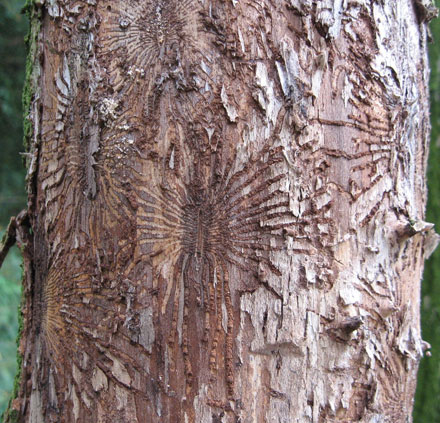
Worldwide, forests are increasingly affected by non-native insects and diseases, some of which cause substantial tree mortality. Forests in the United States have been invaded by a particularly large number of tree-feeding pest species. Source: Timberbiz
While information exists about the ecological impacts of certain pests, region-wide assessments of the composite ecosystem impacts of all species are limited.
A new study by Proceedings of the National Academy of Sciences of the United States of America (PNAS) titled Biomass losses resulting from insect and disease invasions in US forests analyzed 92,978 forest plots distributed across the conterminous United States to estimate biomass loss associated with elevated mortality rates caused by the 15 most damaging non-native forest pests.
These species combined caused an additional tree mortality rate of 5.53 TgC per year. Compensation, in the form of increased growth and recruitment of non-host species, was not detectable when measured across entire invaded ranges but does occur several decades following pest invasions.
In addition, 41.1% of the total live forest biomass in the conterminous United States is at risk of future loss from these 15 pests. These results indicate that forest pest invasions, driven primarily by globalization, represent a huge risk to US forests and have significant impacts on carbon dynamics.





